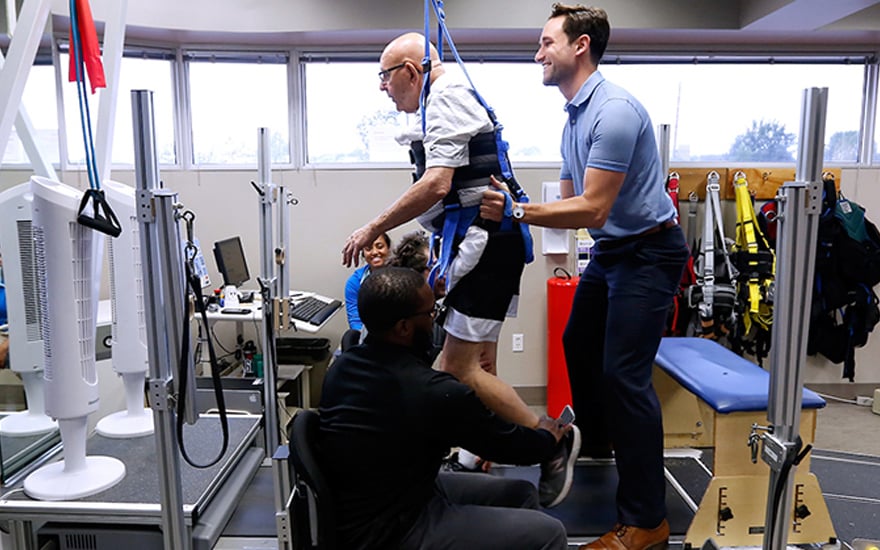
One of the main advantages of strength conditioning in rehabilitation is its capability to enhance muscular strength and endurance. When muscular tissues are stronger, they can better stabilize joints and minimize the risk of recurrence of injury. For example, an individual recovering from a leg injury can gain from exercises that fortify the quadriceps and back thigh muscles. These muscles play a crucial role in supporting the knee articulation. By including resistance conditioning into their recovery program, individuals can recover their strength more efficiently and safely.
In furthermore to building power, strength training also enhances flexibility and range of motion. Many traumas can lead to rigidity in the affected region, making it difficult for individuals to move easily. Strength conditioning workouts often include stretching and elongating the muscles, which can assist restore flexibility. For instance, adding resistance straps or dumbbells into stretching programs can enhance the efficacy of these workouts. As flexibility improves, athletes can execute movements more efficiently, which is crucial for optimal capabilities in their sport.
Another crucial aspect of resistance conditioning in athletic rehabilitation is its positive impact on psychological well-being. Healing from an injury can be a challenging and frustrating process for individuals. Participating in strength training can provide a feeling of achievement and boost confidence. As athletes see improvements in their strength and capabilities, they may experience more motivated to continue their recovery process. This mental uplift can be just as important as the physical advantages, as a optimistic mindset can lead to improved results in recovery.
Finally, strength conditioning can assist athletes transition back to their activity more seamlessly. Once they have regained their strength and mobility, individuals need to practice activity-specific actions to ensure they are ready for contests. Resistance training can be integrated with activity-specific drills to create a comprehensive recovery plan. This combination allows athletes to not only heal but also enhance their performance. By sports rehab for hip flexor strains concentrating on both rehabilitation and performance, resistance conditioning becomes an essential tool in the recovery process, helping individuals come back to their sport more robust and more durable.